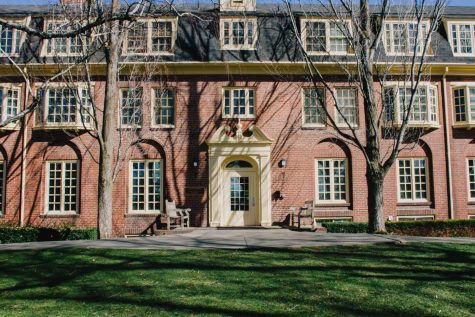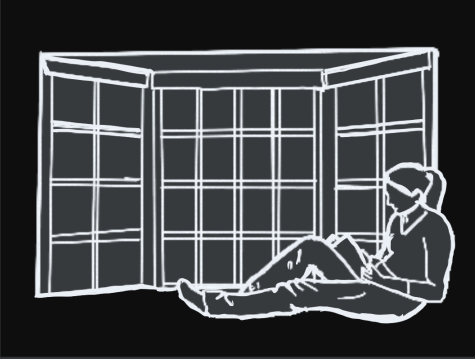Architects display design plans for proposed construction
September 24, 2015
Models and designs for the proposed construction of a new sophomore residence hall, mixed junior and senior housing and dining hall were on display in Reid Campus Center on Thursday, Sep. 19. Architects from ZGF and Hacker (formerly THA), the two firms chosen by Whitman to present proposals, were also present to explain the plans to students, staff and faculty.
The Board of Trustees approved exploration of the possibility of building three new facilities on campus last spring. Over the summer, the “Living at Whitman” committee selected ZGF to design a sophomore residence hall and dining facility and Hacker to design apartments for juniors and seniors. Both firms will return to campus in November to present their ideas to the Board of Trustees, taking into consideration student input as well as cost estimates that are scheduled to be completed by the end of October. The trustees will then vote on whether or not the construction projects should move forward.
Both firms stressed the benefits of the new construction projects.
“The two projects together–the dining hall and the residence hall–and the way they’re situated on the site complement each other, they create … a new green space … that you don’t currently have,” said ZGF project manager Lee Kerns.
In addition to creating a green space, the dining hall would revolutionize the way students eat on campus. In addition to having space for more diners, expanded meal options and longer hours, Associate Dean of Students Nancy Tavelli hopes the dining facility will have a different atmosphere from Prentiss Dining Hall, which it will replace.
“It will be more of a marketplace-type scenario,” said Tavelli.
According to Tavelli and Kerns diners in the new facility would pay by item instead of being charged a single entrance fee to have access to a buffet, as they do in Prentiss, Lyman and Jewett.
The objectives that are really important to us [with the apartments] are … creating a neighborhood and doing something that is beautiful and sustainable
— Nick Hodges
Both ZGF and Hacker emphasized sustainability in their design plans. ZGF plans for both the new dining facility and sophomore residence hall to be LEED certified, while Hacker plans to make the new apartments have a net-zero energy use.
“The objectives that are really important to us [with the apartments] are … creating a neighborhood and doing something that is beautiful and sustainable,” said Nick Hodges, a Senior Associate from Hacker.
Hacker’s strategy for achieving their energy goal includes passive solar heating, photovoltaic cells, energy efficient appliances and solar water heating among others. Although the apartments would not be able to be off the grid, Hacker plans to make the energy output match or exceed energy use.
However, according to Tavelli, the college may not be ready to commit to the price-tag associated with Hacker’s sustainability plans. The apartments are to be rented at a rate comparable to other properties rented to students by the college.
“Cost will certainly be a factor in that [decision] because it needs to be done in a way that is affordable for students,” said Hodges.
ZGF, Hacker and Tavelli all refused to estimate what the cost of the new construction projects may be. According to Tavelli, the funds will not come from tuition increases or the proceeds from the Now is the Time campaign. However, the college remains open to the possibility of raising room and board in the future for all students. If construction is approved by the Trustees, she expects fundraising to cover at least part of the cost for the buildings, particularly the sophomore residence hall.
“We haven’t built a [new residence] hall since ’69, so there’s not a lot of people who are tired of giving money to the residence halls,” she said.









Beth Call • Jan 9, 2016 at 7:49 pm
As a resident and property owner at 102 Otis, I would appreciate information about construction you are planning in my neighborhood.
[email protected]